LiA Week 1 - Pom Pom Island
Hello Laidlaw people!
This post marks the end of my first week of my time at Pom Pom Island, Sabah, Malaysia. The main objective of my time with the Tropical Research and Conservation Centre (TRACC) will be to aid in their efforts to reinvigorate the local underwater flora and flauna, which has been subject to much human exploitation.
I arrived on the 18th August, in Semporna, the closest town to Pom Pom island and a gateway for tourists to many dive sites. It was immediately obvious that many of the residents were below the poverty line, with a few child beggars coming up to me and several people digging through trash. Furthermore, the town was stricken with garbage, as it faces overpopulation and waste management issues. The importance of this town with regards to Pom Pom will reveal itself later.
Then, a quick 45min boat ride and I had arrived on Pom Pom island. I was given a very warm welcoming, and I met the other volunteers, including some marine science A-level students and staff. The people working with TRACC totalled roughly 50, with a strong European contingent but also local Malays and various other countries from all over the world. Interestingly, there is a curfew from 6am-6pm, imposed by police on the island due to the presence pirates in the area.
The island falls within the Coral triangle, which is recognised as a global centre for marine biodiversity and more specifically into the Tun Sakaran Marine Park, a protected area established to conserve the delicate marine ecosystem. The island is also nesting ground for Hawksbill and Green turtles. These reasons are why it is paramount conservation is practiced to prevent irreversible damage being inflicted onto this fragile ecosystem.
One of the main issues facing the island has been fishbombing, which has lead to widespread destruction of a vast majority of the coral on the island, and in its wake has left a deep layer of loose coral rubble which new coral polyps find near impossible to recruit to. Fishbombing in the area is mainly practiced by the nomadic seaborne Bajau people, but this fishing practice is only a symptom of their need for survival; traditional fishing methods may simply not provide enough. Fortunately, this happens much less now as the government has cracked down on this with police patrols, so efforts can be focused on regrowing the coral. This is what I have done with many of my dives, from coral relocation to onland building artifical reefs (ARs) with concrete and moulds. The conservation centre has been developing different models of ARs over the past few years, which allow coral polyps to recruit more easily to their surface than the rubble. Learning about these ARs and which did and didn't work has been very interesting.
Another major issue is trash, often swept onshore from Semporna. As aforementioned this is a result of its lack of waste management, which is a result of the town not having the resources to support a population with a vast majority of undocumented Bajau people. The lack of documentation is of no fault of their own; the nomadic nature of Bajau meant that neither the Phillippines, Malaysia or Indonesia granted them citizenship when their respective modern borders were drawn. So this past week I have also conducted beach clean ups, whilst collecting data on the amount and type of garbage.
Finally, turtle eggs are often poached by islanders and sold as a delicacy or eaten, so I have been on egg collection patrols around the island, which we have also gotten to see hatched. On the more fun side, I've seen many, many turtles, some which we took facial pictures for identification purposes, attended fish ID lectures to learn different species and their dive signs for underwater identification purposes, and have approached and annoyed every clownfish (Nemo) around the island.
On what I could do better, I've heard the turtle facial recognition software used on the island may be quite outdated, so I have been considering training a more accurate model to help them with this. A project which hopefully I will start next week!
This first week has taught me that conservation is not just about science, but about people. It's about developing the courage and empathy to bridge the gap between ecological preservation and the human realities that impact it, a challenge I am eager to continue exploring.
I have attached some pictures I have taken from my time here: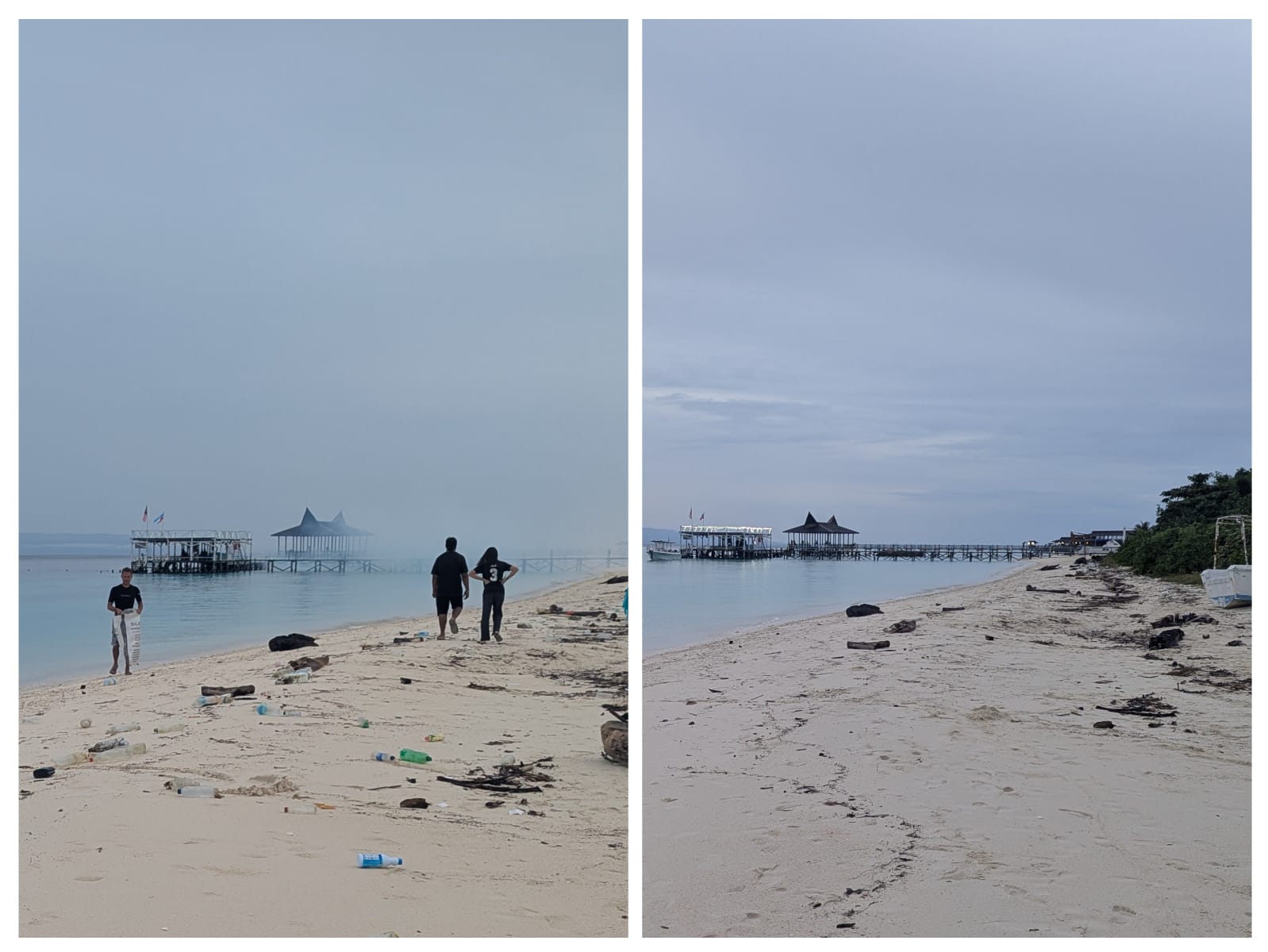
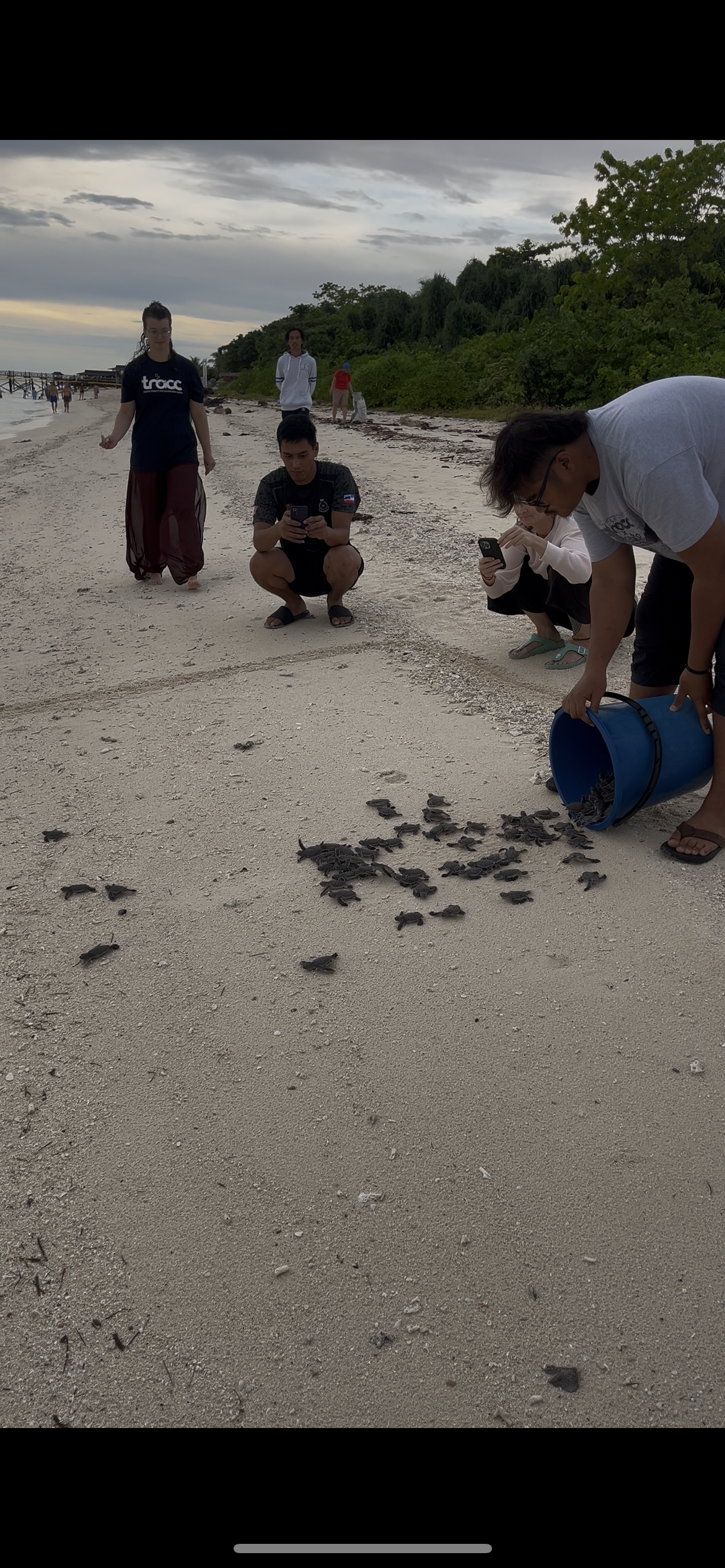

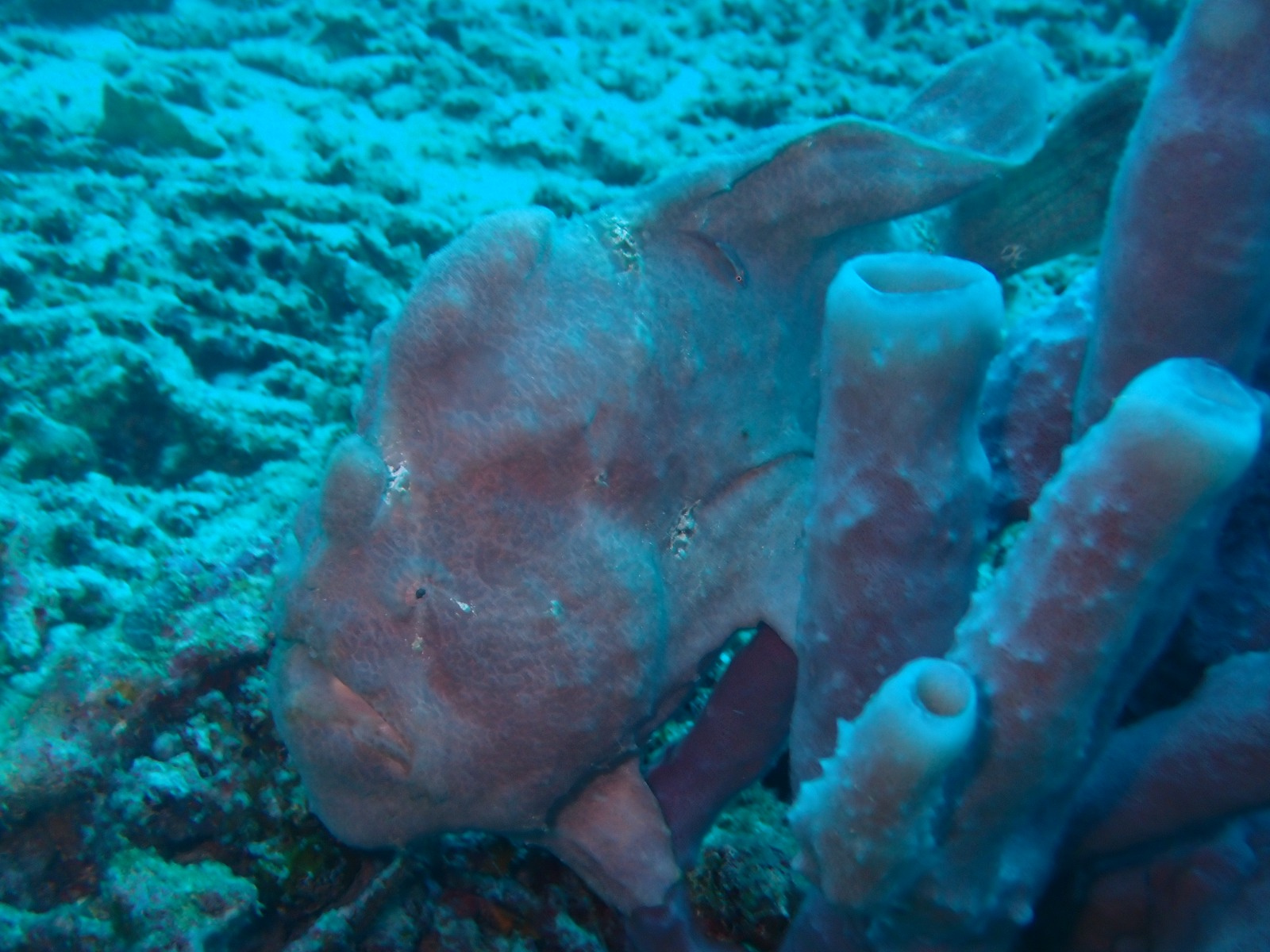

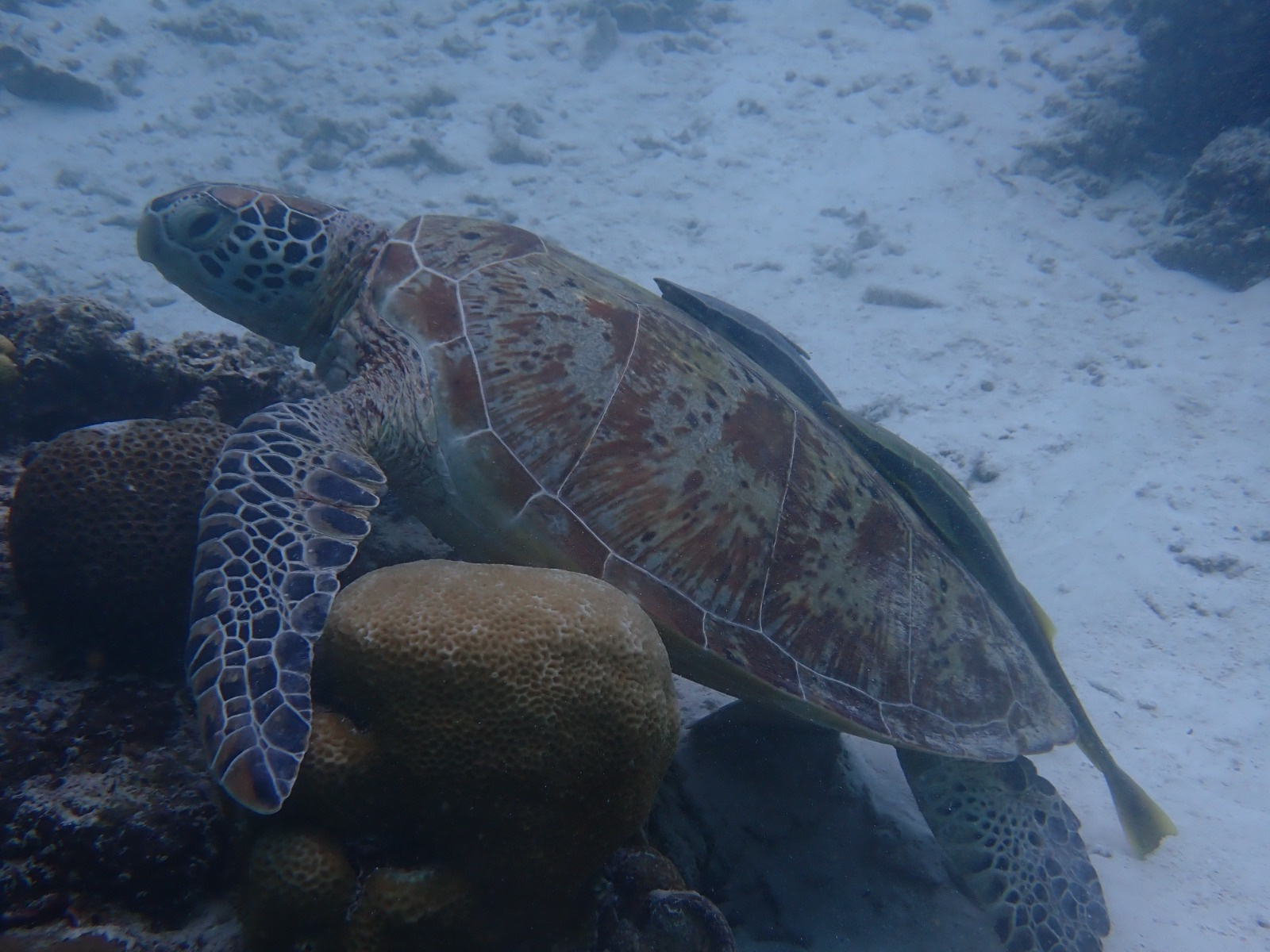
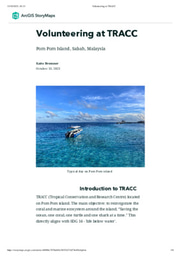
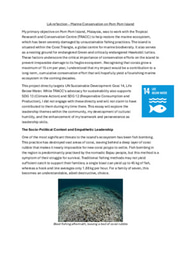
Please sign in
If you are a registered user on Laidlaw Scholars Network, please sign in
Kaito, it sounds like it has been a dramatic and incredible week. The intersection of people, inequality, environment and conservation are deep - it is profound to hear how you are witnessing this first hand as part of your LIA. Good luck for this coming week as you uncover more about your upcoming project as well as your growing experiences with the volunteers and local community.